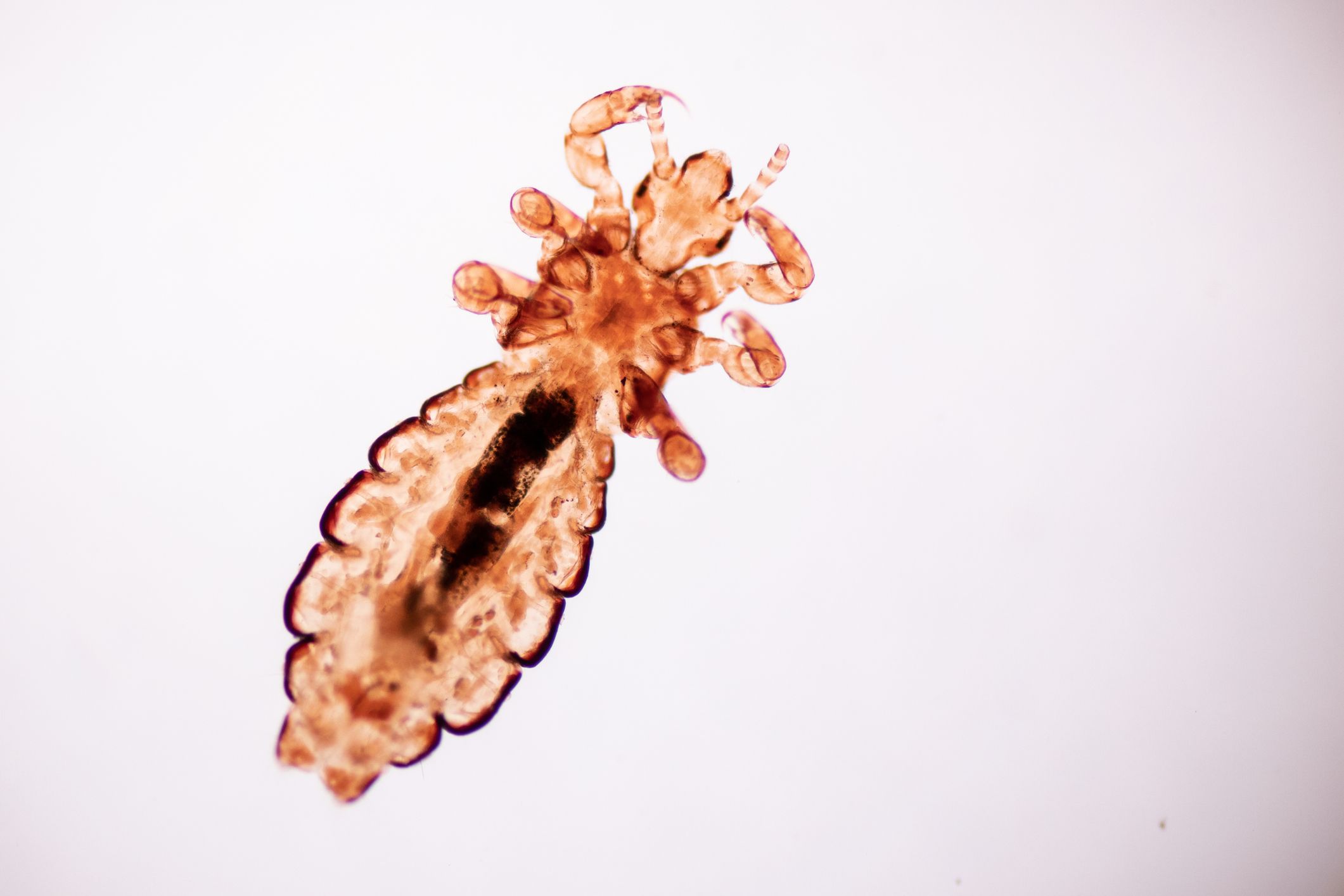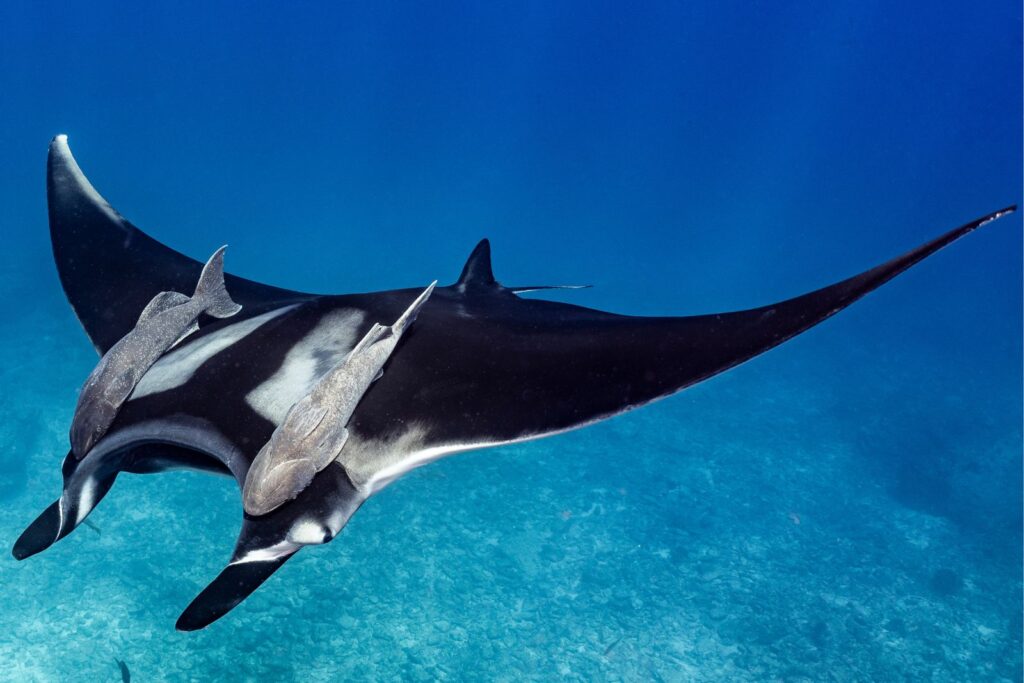Head Louse: Tiny Pest with a Big Impact

Introduction to Head Louse
The head louse, scientifically known as Pediculus humanus capitis, is a wingless parasitic insect that thrives on the human scalp, particularly among children. Despite its small size, it can cause significant discomfort and annoyance.
These tiny insects feed exclusively on human blood, using specialized mouthparts to pierce the skin and consume blood. While they do not transmit disease, their presence can lead to itching and irritation of the scalp, as well as social stigma.
Anatomy and Life Cycle
Head lice are equipped with six clawed legs that enable them to cling firmly to hair shafts, making them difficult to remove. Their life cycle consists of three stages: egg (nit), nymph, and adult. Female lice lay eggs near the base of hair shafts, where they are firmly attached with a glue-like substance.
Nymphs hatch from eggs and undergo several molts before reaching adulthood. Adult lice are approximately the size of a sesame seed and can live for several weeks on a human host. They reproduce rapidly, with females capable of laying multiple eggs each day.
Treatment and Prevention
Infestations of head lice are common, especially in environments where close contact between individuals is frequent, such as schools and daycare centers. Treatment typically involves the use of medicated shampoos or lotions containing insecticides to kill lice and their eggs.
Preventive measures include avoiding head-to-head contact with infested individuals, refraining from sharing personal items such as combs and hats, and regularly checking for signs of infestation, such as itching and visible nits.
